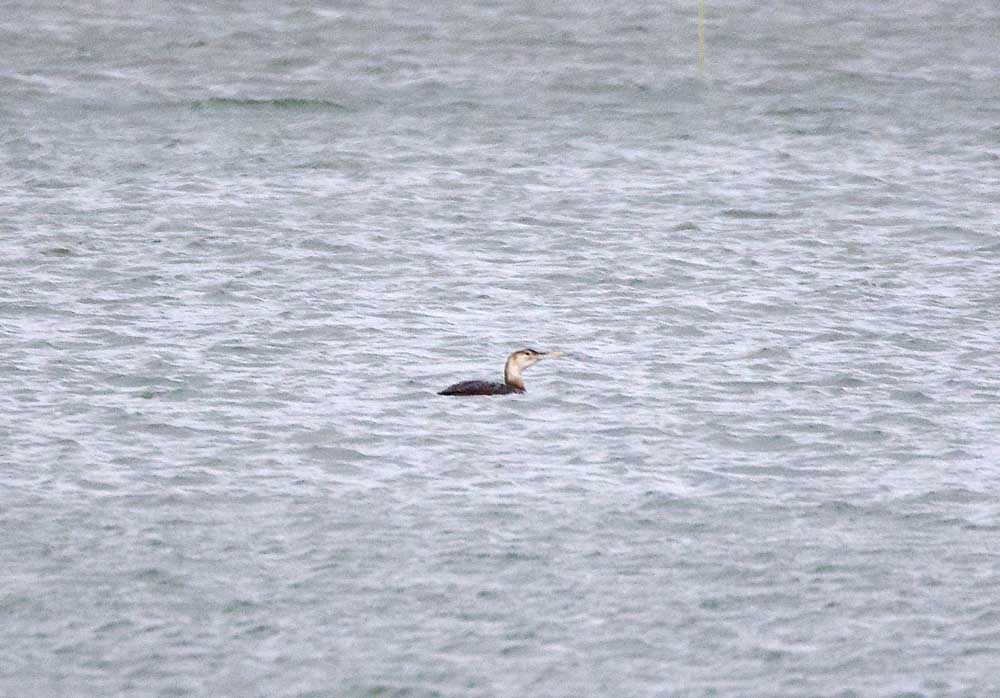Local birding highlights of 2024: A photo essay
Published 8:56 am Thursday, December 26, 2024

- Yellow-billed loons typically show a small dark ear patch behind the eye which is obvious in this photo. The ivory colored bill is also visible. This bird was quite far out in the bay off of Nahcotta so it was difficult to get close-ups. It was reported as a rarity by Cornell.
While writing on this day of the winter solstice, namely, the 21st day of December, I began to reminisce about the birds that graced the Long Beach Peninsula, the Tokeland marina, South Bend, Raymond, Rosburg and other Pacific County locations from which our readers hail. Thank you to all of you who keep me informed and send photos of your sightings and bird observations.
It has been a year of ups and downs for some of our birds. Raptors, at least on the Long Beach Peninsula, seem to be thriving. Bald eagles and red-tailed hawks, for example, seem to be doing especially well.
Many species appeared to be later than usual spring arrivals. Barn swallows were particularly late. Waterfowl appear to be fewer this fall compared to other years. More information on the state of our bird populations should come to light when the annual Christmas bird count (CBC) data become available. Our Leadbetter count area data could be very revealing on some of the ups and downs. Most of what we have been seeing is only impressionistic. The science of the CBC will provide confidence and confirmation of what is actually happening with some species and which ones have been most dramatically affected by climate change, loss of habitat etc. It is only a snapshot of the state of our birds as fall ends, but it is science and it will inform us.
The winter solstice gives us the longest night of the year. Its saving grace is that it gives way to the return of nature’s light!








